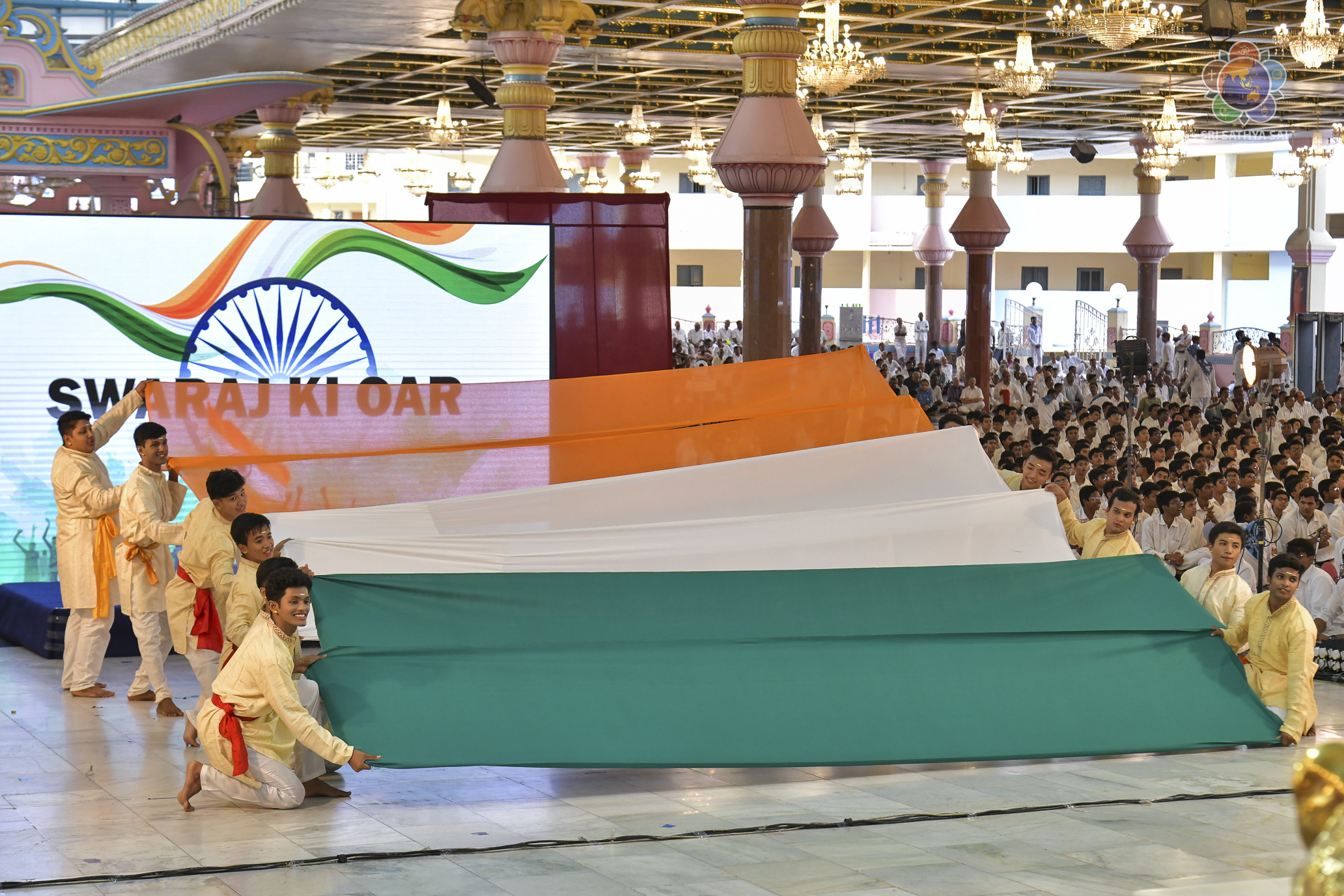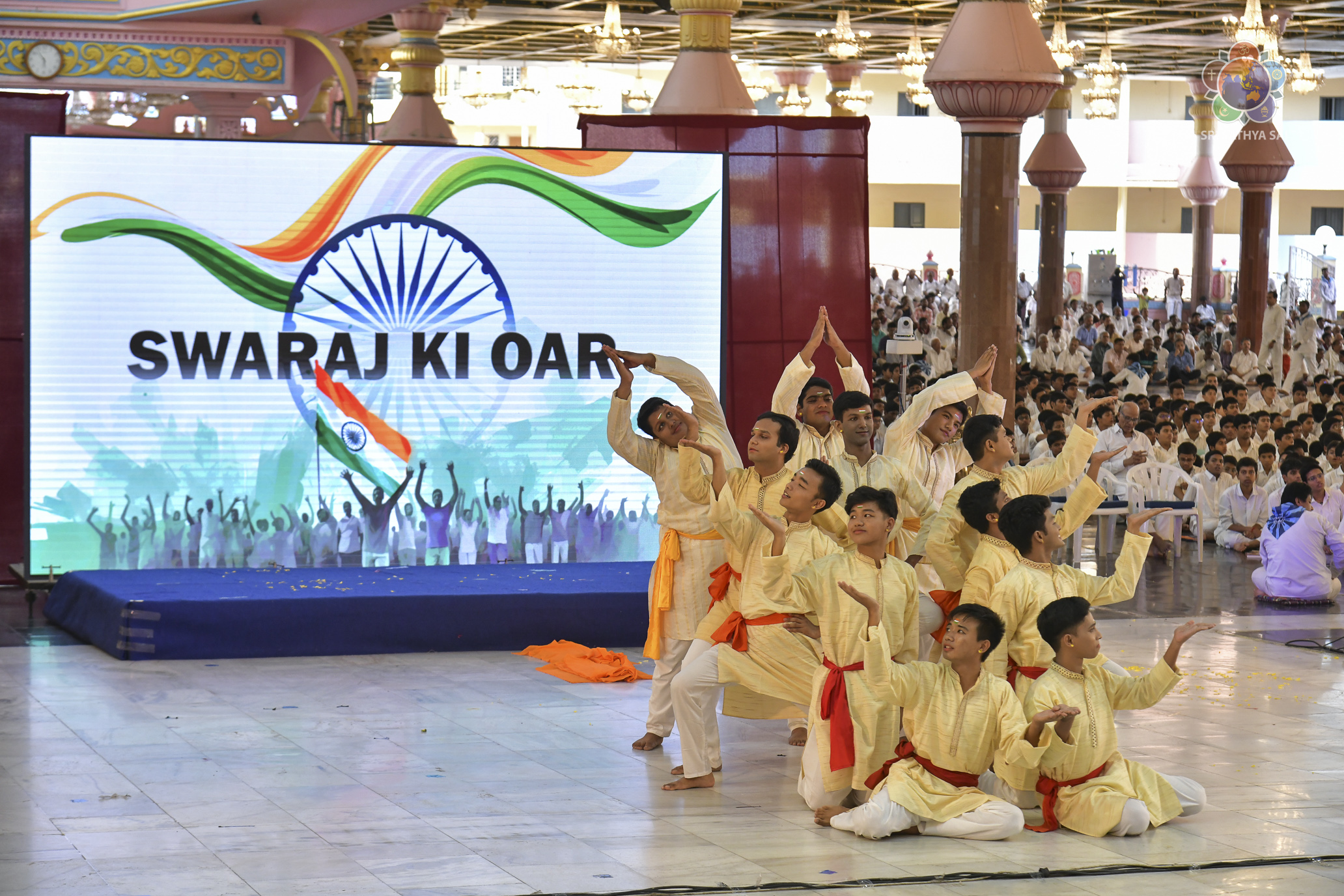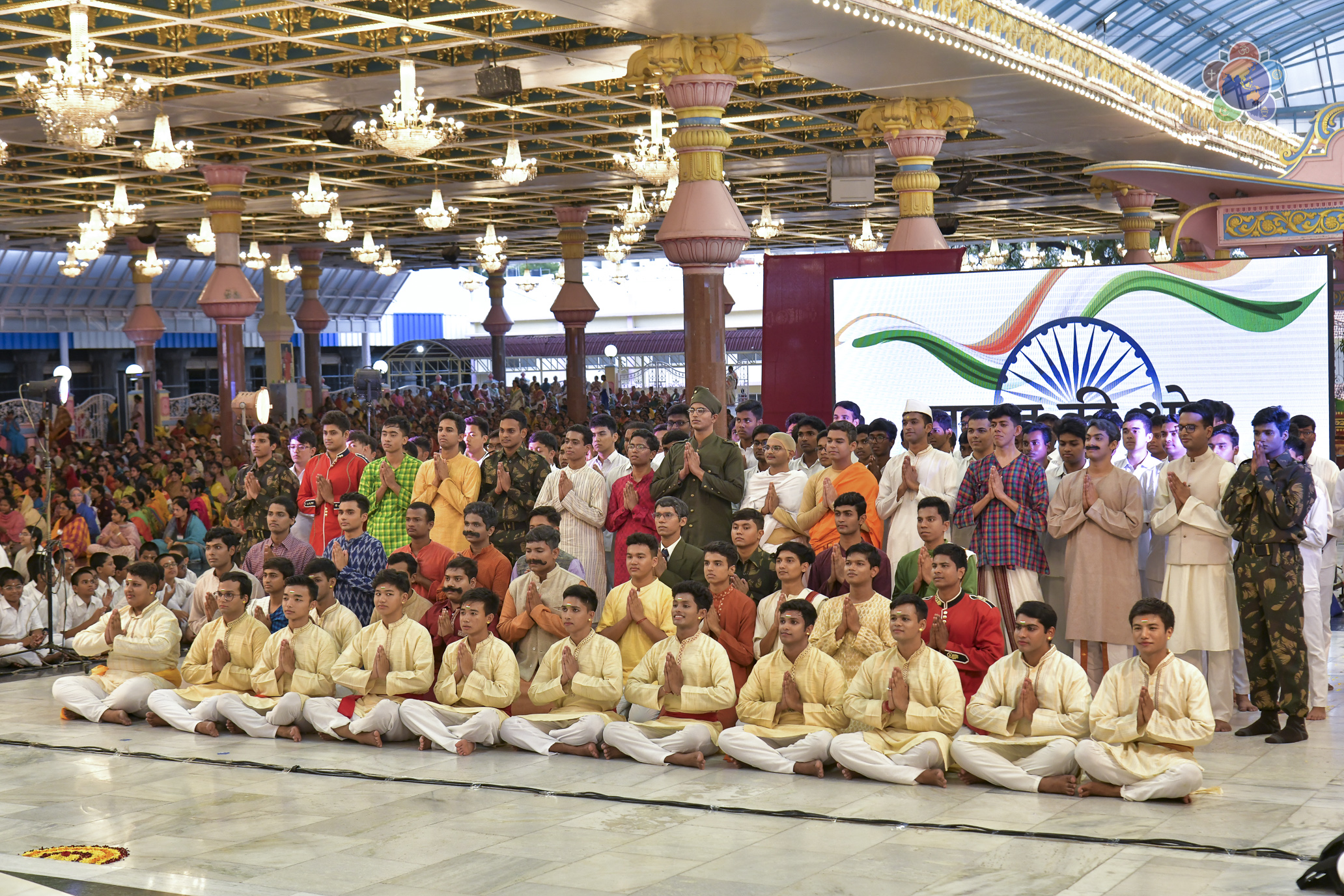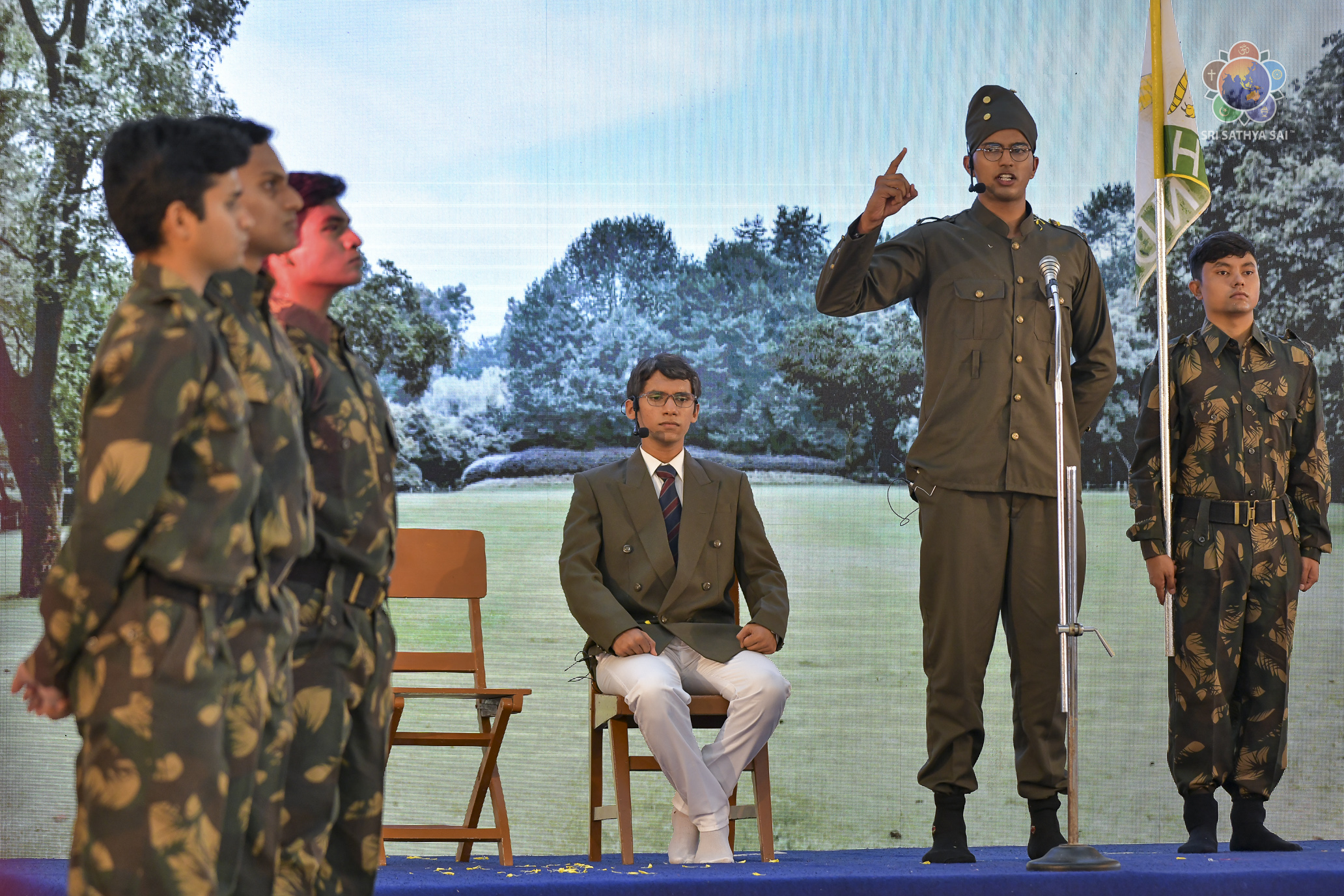“Swaraj Ki Oar” is a powerful narrative that delves into the deeper meaning of India’s freedom struggle by focusing on the contributions of key figures who epitomized unity, courage, and sacrifice. The story begins with a writer on a quest to capture the true essence of the freedom movement, realizing that his previous accounts lack the emotional depth and connection necessary to convey the full significance of the struggle.
The narrative unfolds through the stories of three pivotal historical figures:
Pingali Venkayya, the visionary who designed the Indian flag, is portrayed as someone who understood the need for a unifying symbol to rally the nation. His creation of the tricolor, with the spinning wheel at its center, symbolizes unity and self-reliance, embodying the spirit of the freedom movement.
Baba Ramchandra is depicted as leading the farmers of Awadh in their resistance against oppressive landlords. His leadership, fueled by the chant of “Sitaram,” ignites a movement that empowers the oppressed to rise for their rights, showcasing the strength and resolve of the common people.
Subhash Chandra Bose emerges as a leader who inspires the Indian National Army to fight for India’s independence. His story emphasizes the importance of sacrifice and unwavering commitment to the cause, highlighting the lengths to which individuals were willing to go to achieve freedom.
The drama ultimately conveys that true freedom, or “Swaraj,” extends beyond political independence—it is about mastering oneself and aligning one’s thoughts, words, and actions. Through these historical examples, “Swaraj Ki Oar” underscores that the real heroes of the freedom struggle were not just the leaders, but the ordinary people whose unity and sacrifices brought about India’s independence.





